Back to Courses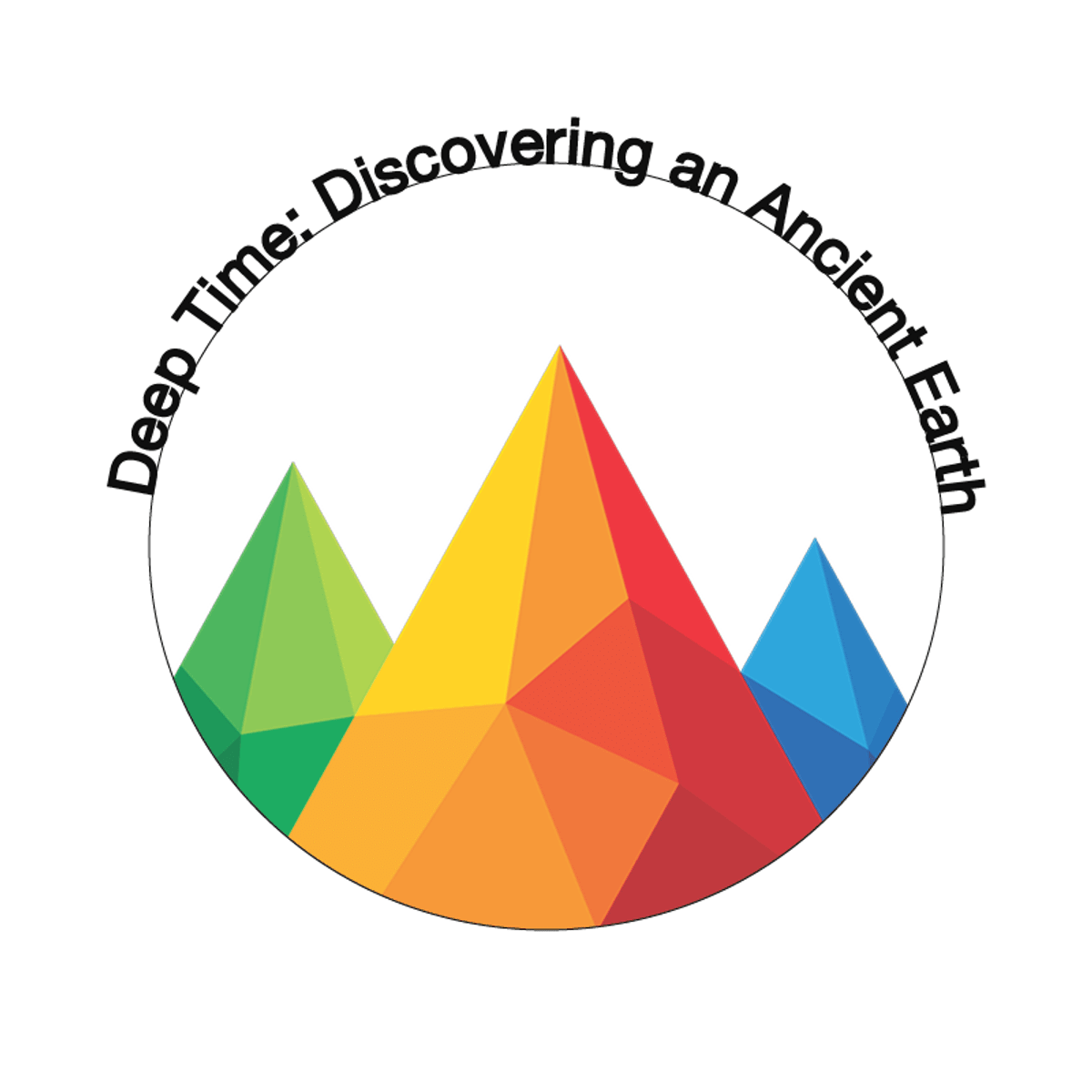



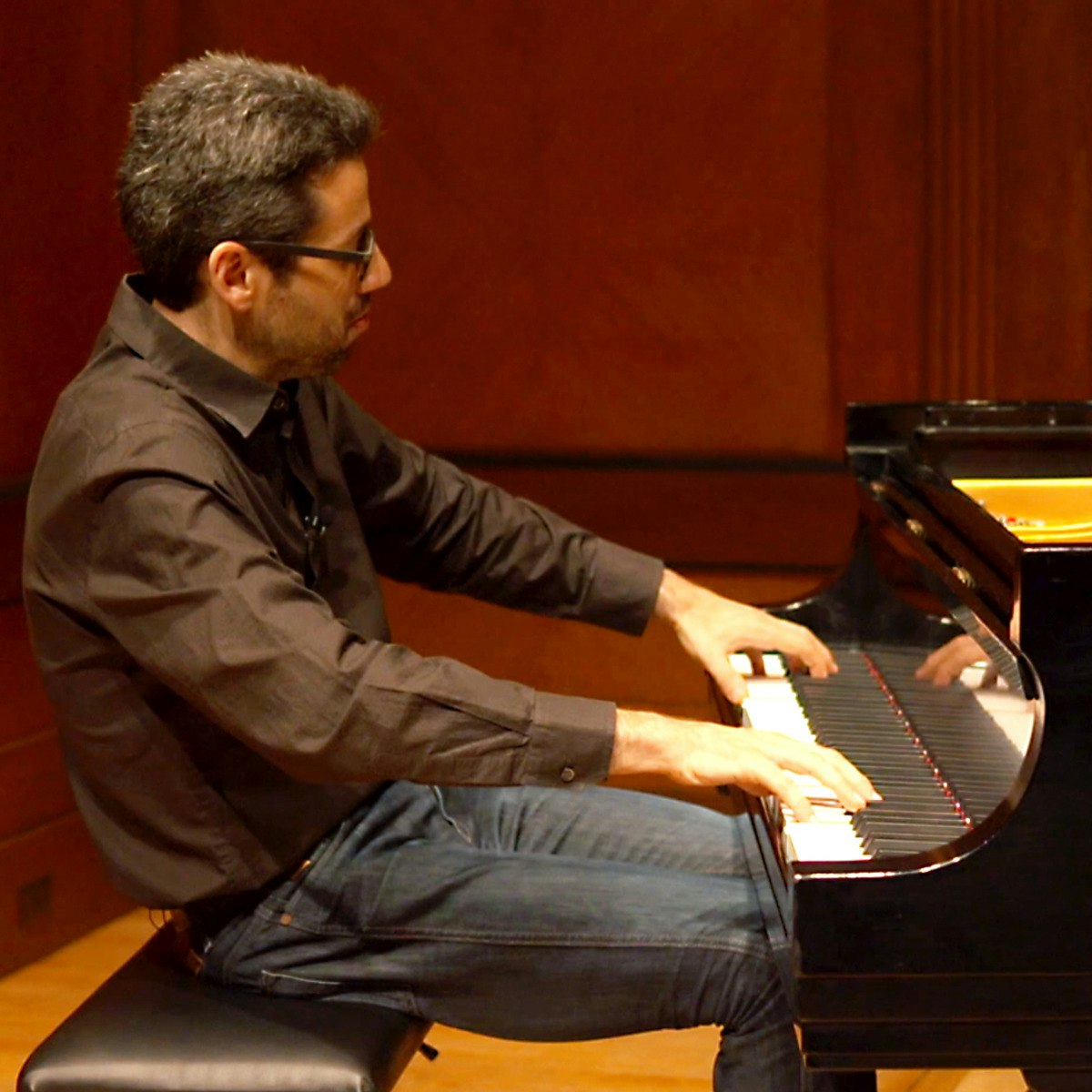
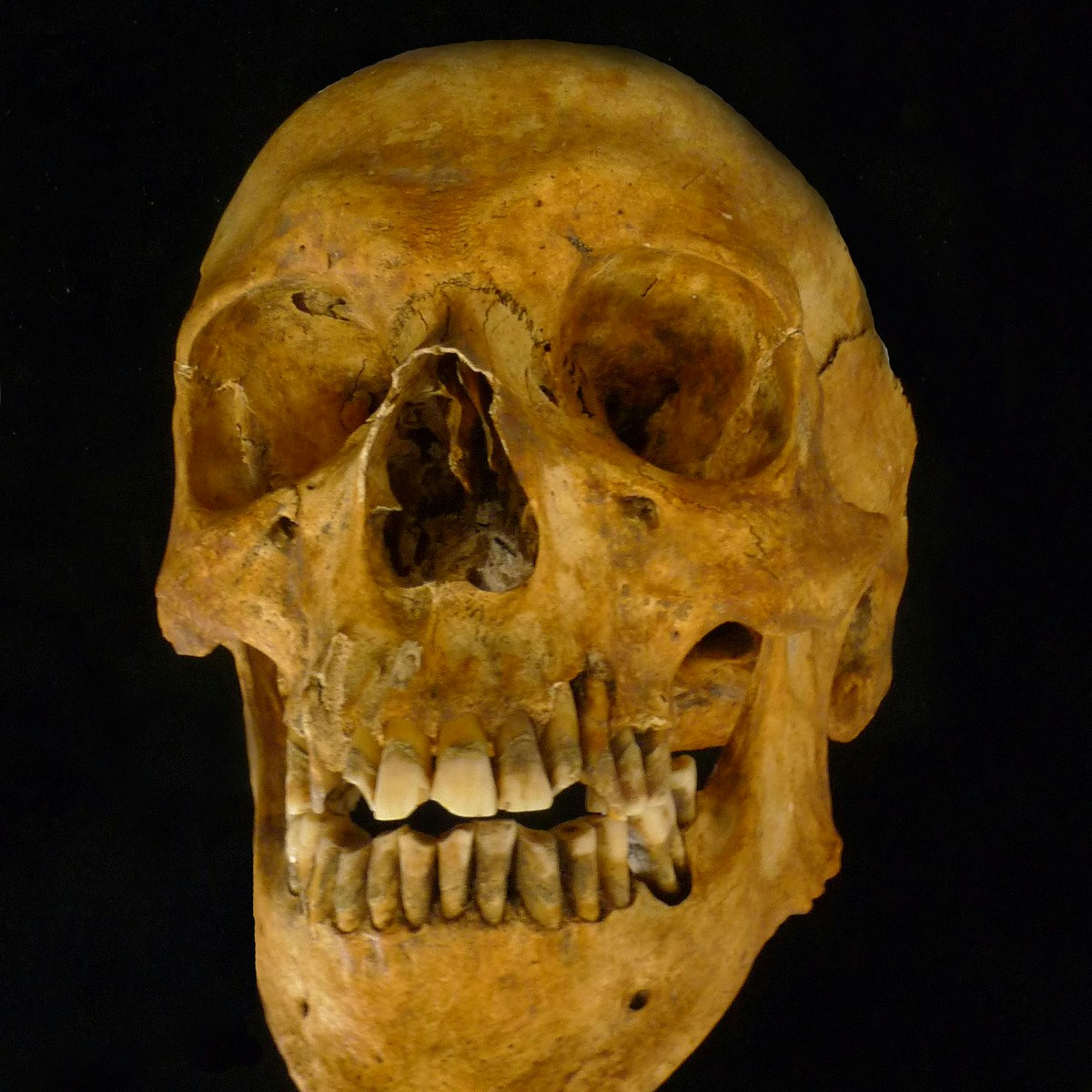
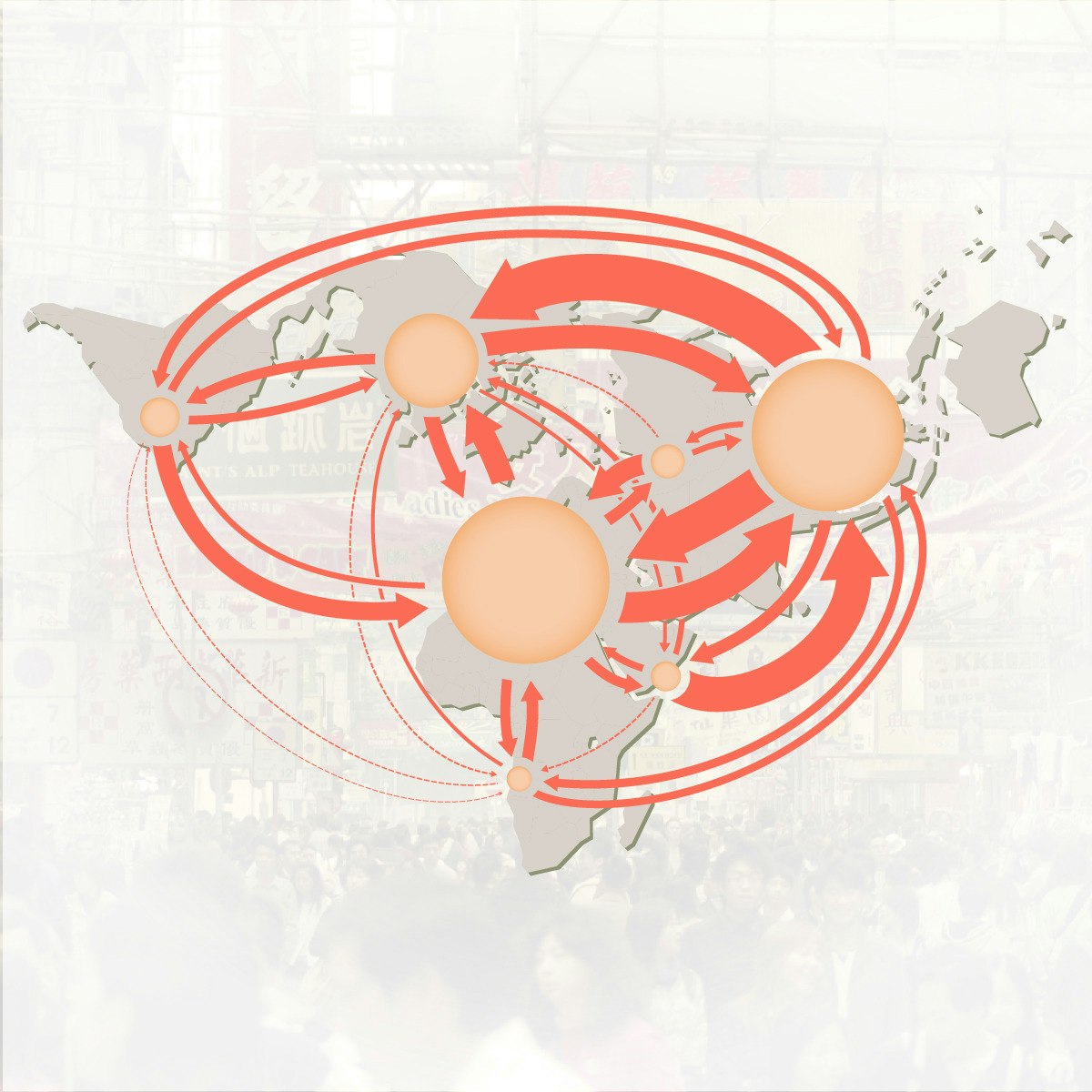
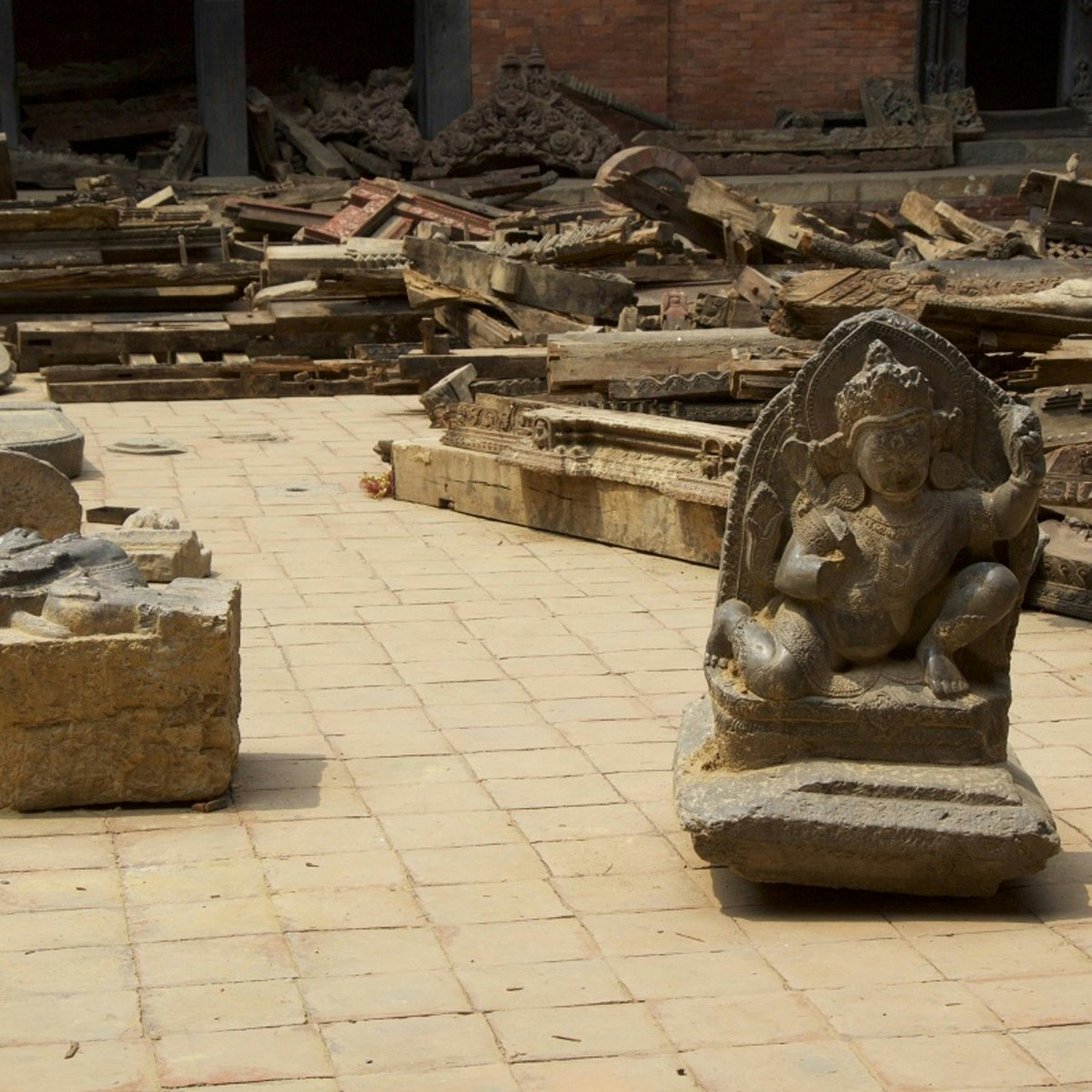


History Courses - Page 4
Showing results 31-40 of 168

Deep Time: Discovering an Ancient Earth
Ever since our ancestors ventured onto the African savanna, human beings have searched, explored, and wondered about the world. Nowadays, and certainly for most, science is the vehicle that takes us along a path towards understanding nature. It can bring us from sub-atomic realms to the most distant galaxies. Largely through the discipline of geology, science allows us to push back the mists of time and peer into a past measured in billions of years, and aptly referred to as “Deep Time.”
Climb on board!
This is a journey of discovery—we'll learn about the origins of science and geology itself, to our planet’s oceans, atmosphere, and crust. The focus then turns to how geologists have probed the rise and fall of the Rocky Mountains, and we conclude by considering not only the power of science but also acknowledging its inherent price and responsibility.
Certificate earners demonstrate proficiency through a few short assessments and discussion prompts and are prepared to teach or apply the material.

In the Studio: Postwar Abstract Painting
Want to know how some of the 20th century’s most celebrated artists made abstract paintings? This course offers an in-depth, hands-on look at the materials, techniques, and thinking of seven New York School artists, including Willem de Kooning, Yayoi Kusama, Agnes Martin, Barnett Newman, Jackson Pollock, Ad Reinhardt, and Mark Rothko. Through studio demonstrations and gallery walkthroughs, you’ll form a deeper understanding of what a studio practice means and how ideas develop from close looking, and you’ll gain a sensitivity to the physical qualities of paint. Readings and other resources will round out your understanding, providing broader cultural, intellectual, and historical context about the decades after World War II, when these artists were active.
The works of art you will explore in this course may also serve as points of departure to make your own abstract paintings. You may choose to participate in the studio exercises, for which you are invited to post images of your own paintings to the discussion boards, or you may choose to complete the course through its quizzes and written assessments only.
Learners who wish to participate in the optional studio exercises may need to purchase art supplies. A list of suggested materials is included in the first module.
Learning Objectives:
Learn about the materials, techniques, and approaches of seven New York School artists who made abstract paintings.
Trace the development of each artist’s work and studio practice in relation to broader cultural, intellectual, and historical contexts in the decades after World War II.
Hone your visual analysis skills.
Use each artist’s works as a point of departure for making your own abstract paintings.

Understanding China, 1700-2000: A Data Analytic Approach, Part 1
The purpose of this course is to summarize new directions in Chinese history and social science produced by the creation and analysis of big historical datasets based on newly opened Chinese archival holdings, and to organize this knowledge in a framework that encourages learning about China in comparative perspective.
Our course demonstrates how a new scholarship of discovery is redefining what is singular about modern China and modern Chinese history. Current understandings of human history and social theory are based largely on Western experience or on non-Western experience seen through a Western lens. This course offers alternative perspectives derived from Chinese experience over the last three centuries. We present specific case studies of this new scholarship of discovery divided into two stand-alone parts, which means that students can take any part without prior or subsequent attendance of the other part.
Part 1 (this course) focuses on comparative inequality and opportunity and addresses two related questions ‘Who rises to the top?’ and ‘Who gets what?’.
Part 2 (https://www.coursera.org/learn/understanding-china-history-part-2) turns to an arguably even more important question ‘Who are we?’ as seen through the framework of comparative population behavior - mortality, marriage, and reproduction – and their interaction with economic conditions and human values. We do so because mortality and reproduction are fundamental and universal, because they differ historically just as radically between China and the West as patterns of inequality and opportunity, and because these differences demonstrate the mutability of human behavior and values.
Course Overview video: https://youtu.be/dzUPRyJ4ETk

The History of Modern Israel - Part I: From an Idea to a State
How did the State of Israel come to be? How is it that an idea, introduced in 19th century Europe, became a reality? And how does that reality prevail in the harsh complexities of the Middle East?
Presented by Professor Eyal Naveh, with additional units from Professor Asher Sussers' "The Emergence of the Modern Middle East" course, This course will take you on a journey through the history of Modern Israel. In this 1st part of the course we will explore:
How did the 19th century idea of a Jewish state become a reality?
So the next time you hear about Israel in the news, you will be informed enough about the history of this area to comprehend the many sides and narratives that interact to shape the complex reality of Israel today.
Please note that there is a second part to this course "The History of Modern Israel - Part II: Challenges of Israel as a sovereign state" which is a direct extension of this part. We highly recommend to continue to the second part after you finish this one (https://www.coursera.org/learn/history-israel-sovereign-state).
In order to receive academic credit for this course you must successfully pass the academic exam on campus. For information on how to register for the academic exam – https://tauonline.tau.ac.il/registration
Additionally, you can apply to certain degrees using the grades you received on the courses. Read more on this here –
https://go.tau.ac.il/b.a/mooc-acceptance
Teachers interested in teaching this course in their class rooms are invited to explore our Academic High school program here – https://tauonline.tau.ac.il/online-highschool
* This course is a joint effort of Tel Aviv University & Israel Institute (www.israelinstitute.org)
* This course uses media material from various archives, courtesy to Yad Vashem Archive for their help.
* This course is self-paced. Once you register, you can participate in the course anytime, as often as you wish and over any stretch of time

Exploring Beethoven's Piano Sonatas Part 5
Welcome to Exploring Beethoven's Piano Sonatas Part 5! You’re joining thousands of learners currently enrolled in the course. I'm excited to have you in the class and look forward to your contributions to the learning community.
To begin, I recommend taking a few minutes to explore the course site. Review the material we’ll cover each week, and preview the assignments you’ll need to complete to pass the course. Click Discussions to see forums where you can discuss the course material with fellow students taking the class.
If you have questions about course content, please post them in the forums to get help from others in the course community. For technical problems with the Coursera platform, visit the Learner Help Center.
Good luck as you get started, and I hope you enjoy the course!

Osteoarchaeology: The Truth in Our Bones
This course is about what we can learn from examining the human skeleton, and how we can use this knowledge to reconstruct the lives of people who lived in the past. In archaeology and anthropology, human skeletal remains can provide unique insights into the past and the present; insights that cannot be gained otherwise.
These insights are explored in five main themes spread out over five weeks of learning. First, it is shown how age-at-death, sex and stature can be estimated by the close examination of (archaeological) skeletal remains. In subsequent modules it is shown how human bones can provide information about the diseases and injuries that people suffered from and what they ate. Also, it is shown how the human skeleton provides information about the kinds of activities that people engaged in and about how they migrated and moved around their landscapes.
In this course, you will examine all aspects of the human skeleton that can provide us with information about these different facets of life. Together we will explore the scientific field that is known as human osteoarchaeology.
- Human, because it is about us and our ancestors,
- Osteo, because it is about our bones,
- Archaeology, because we use this information to better understand the behaviors and events experienced by past people.
During the course, you will decipher the clues left behind in the skeletons of past peoples with the methods and techniques that are presented. You may also discover some clues hidden in your own skeleton and what they reveal about the life that you are living.
Want to know more? You can take a look at the course trailer here: https://www.youtube.com/watch?v=fJi22TxzpRw

Espace mondial, a French vision of Global studies
To explain how globalization rebuilt public policy and social behavior, we study the different political, economic, and social actors - public or private, individual or collective - and the exchanges and interactions between them that are remaking international relations. This course is inspired by a French sociological and historical approach to international relations.
This course is also available in french version: www.coursera.org/learn/espace-mondial-fr/
Course will be ending soon
Dear Learners
We are reaching out to let you know that Espace Mondial course will close for new learner enrollment on17th November 2022 . Since you have already enrolled, you will continue to see it on your Coursera Dashboard as long as you remain enrolled in the course.
If you are interested in earning a Course Certificate for this course, please upgrade or apply for Financial Aid by 15th November 2022, if you have not already done so. If you are a Coursera for Business learner, you can continue to use your sponsored credit. In order to earn a Course Certificate, you will need to complete all graded assignments, including peer reviews, by February 17th, 2023 . After that point, no new assignment submissions will be accepted for Certificate credit.
While we hope that you will be able to complete the course, you can find more information about requesting a refund (https://www.coursera.support/s/article/209819043-Request-a-refund) or unenrolling from a course (https://www.coursera.support/s/article/208279756-Unenroll-from-a-course) in our Learner Help Center.
Happy Learning

Heritage under Threat
In this course you will learn to articulate your own concepts about (threatened) heritage and that of others. What is your heritage? Who defines heritage? Why is heritage under threat? How can we protect heritage?
WW1, WW2, Cold war politics and contemporary conflicts as well as continuing political and socio-economic inequalities and colonial pasts are all factors playing a role in the global heritage discussions and approaches to (or lack of ) valorization and protection of heritage. Hence, issues behind destruction or threats to heritage are related to complex issues, often connected to complex landscapes of wars, the war-on-terror, fundamentalism, migration, global warming, financial crises, inequality and diverse interests of local communities.
This course, sponsored by the LDE Centre for Global Heritage and Development and the Honours Academy of Leiden University, and the Netherlands Commission for UNESCO gave its support to one of the sections of the MOOC, will explore these issues. We wish to engage global communities and widen the perspective on threatened heritage. You can help us with this.

The Holocaust: The Destruction of European Jewry
The Holocaust: The Destruction of European Jewry is an adaptation of an on-campus course that has been co-taught by Murray Baumgarten, Distinguished Professor of English and Comparative Literature (Literature Department), and Peter Kenez, Professor Emeritus (History Department), for over 20 years at UC Santa Cruz.
In this course, you will explore the Holocaust from the overlapping perspectives of literature and history—through memoirs, historical documents, poetry, documentary footage, filmic representations, and novels. You will expand your knowledge of the literature of the Holocaust, Eastern and Western European Jewish communities, the origins and development of antisemitism, the establishment of labor and extermination camps, resistance movements, and the Holocaust as a problem for world history.
There is more than one way to take this course: You can complete all of the activities (and earn a Verified Certificate) or only the activities that are most interesting to you. Whatever you choose to do, we encourage you to find a havruta (a study partner) in your community or in the Coursera community so that you can experience the course in a more interactive and meaningful way.

The French Revolution
The French Revolution was one of the most important upheavals in world history. This course examines its origins, course and outcomes.
This course is designed for you to work through successfully on your own. However you will not be alone on this journey. Use the resources included in the course and take part in the suggested learning activities to get the most out of your learning. To successfully complete this course, it is recommended that you devote at least six hours to every module over the six weeks of the course. In that time you should watch the video lectures, reflect and respond to in-video pause points, and complete the quizzes.
As part of the required reading for this course, during each week of this course you will have free access to a chapter of Peter McPhee's textbook, The French Revolution, which is also available for purchase as an e-book.
View the MOOC promotional video here: http://tinyurl.com/gstw4vv
Popular Internships and Jobs by Categories
Find Jobs & Internships
Browse
© 2024 BoostGrad | All rights reserved